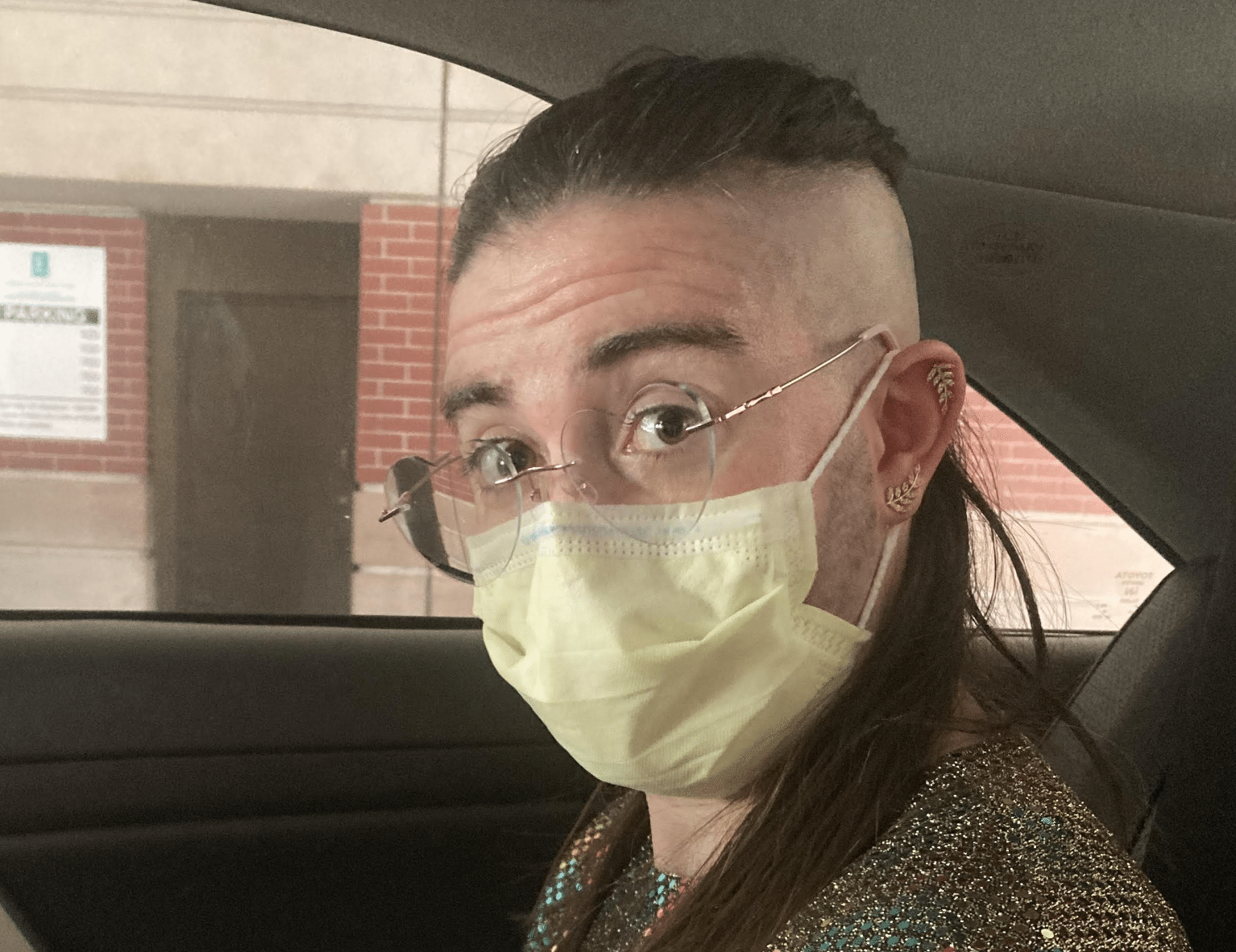It’s Disability Awareness Month So Let’s Talk About Intermittent Leave

Written By Preston Van Vliet
A common phrase in the paid leave advocacy world is, “People don’t think about paid leave until they need to use it,” which is true for a lot of folks.
But for chronically ill and disabled workers, we think about it all the time. We need all types of paid leave to take care of ourselves and our loved ones.
We need it when we or our loved ones:
- Have flare-ups;
- Are in the hospital, either planned or unplanned;
- Have birth-related complications;
- Have regular outpatient appointments for treatments;
- Are recovering at home from surgeries or other treatments;
- Other chronic illness and disability-related needs
While there are several categories of paid leave laws, I will be focusing on a specific component of paid family and medical leave (PFML) laws that deserves more attention because of how it can support disabled workers and their families: intermittent leave.
Since it’s Disability Awareness Month, let’s talk about it!
Usually when people apply for PFML (either through their own employer or in one of the twelve states that have statewide PFML programs), they need several or many weeks from work at a time – like if they just gave birth and need six weeks of bed rest. Intermittent leave in this context means that you can take smaller and more regular increments of paid time away from work to deal with serious health conditions. So instead of applying for six consecutive weeks of paid leave, you can apply for 8 hours a week over a period of twelve weeks, like if your chosen uncle has dementia-related needs and you need to help him out one day a week. This option gives workers way more time and options instead of burning through paid sick and safe days, which usually only cover a few work days a year and don’t carryover to different employers if they change jobs.
For a personal example, I was hospitalized in November of 2021 for fifteen days. Upon discharge, my doctor prescribed treatment that required me to drive ninety minutes to a specialty clinic since there was not a local provider I could get into. I had to drive twice a week for the first month and then once a week after. I was eventually able to get into a local provider, which reduced my time away from the day job and gave me more options for how I wanted to schedule my work week. Sometimes I can add a few hours to my other work days, sometimes I am too tired to add more hours and use intermittent leave instead.
Having this time to actually access treatment without worrying about becoming houseless has been so restorative for me and my family, in the short and long term. When I’m healthier, I’m a better caregiver for my partner and my other disabled, chosen family members.
The positive ripple effects help to create conditions so that inevitable flare ups aren’t as bad and so that it’s a faster recovery when a health crisis hits. Having access to job protected, intermittent paid leave is a crucial tool for disabled workers and their employers. There is no functioning economy without vibrant, interdependent communities––that is, when individuals and families are able to support each other’s health and bodily autonomy in pursuit of our collective physical and mental well-being.